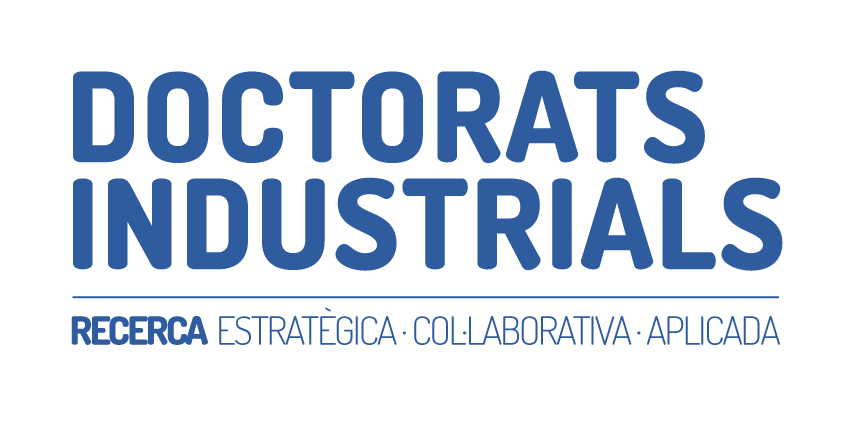Project description
Al desembre de l’any 2001, la UPC va signar un acord amb JG Ingenieros S.A. en el marc de la figura Càtedra Universitat – Empresa amb l’objectiu de promocionar la implantació dels conceptes de sostenibilitat i solucions intel·ligents aplicades als edificis, temes de vital importància per aconseguir que l’avenç tecnològic converteixi els edificis en més habitables i funcionals, de forma que aquests siguin menys agressius pel medi ambient.
La idea del present projecte s’engloba en un pla a llarg termini definit pel Departament d’Enginyeria de la Construcció de l’ETSEIB amb el qual es pretén dotar als Enginyers i Enginyeres de les eines adequades per tal de que siguin capaços d’implantar noves solucions constructives que permetin millorar la sostenibilitat i la intel·ligència dels edificis.
Un pilar fonamental d’aquest pla és l’estudi dels Smart Buildings tant pel que fa a l’anàlisi de les solucions actuals del mercat que permeten millorar l’eficiència energètica i el nivell de confort interior com la monitorització dels equips que integren les instal·lacions d’un edifici així com anàlisis de les dades generades per optimitzar-ne el seu rendiment.
Els edificis són el lloc on les persones passen la major part del dia i són els responsables de més d’un 40% del consum total energia a la Unió Europea, un consum que es troba en fase d’expansió i que previsiblement farà augmentar també les emissions de CO2. És possible revertir aquesta tendència així com millorar el confort i l’experiència dels usuaris dins de l’edifici a través del desplegament de solucions tecnològiques que redueixin l’energia consumida pels edificis, així com els seus costos ambientals derivats, tot optimitzant la gestió dels recursos i millorant la qualitat de vida a les nostres ciutats. D’altra banda, al març del 2020, la comissió europea va aprovar el nou pla d’acció per a l’Economia Circular, sobre la base del treball realitzat en el 2015 . El sector de la construcció és un dels sectors identificats com a clau en la transició cap a una Economia Circular, tant pel seu alt impacte en el consum de materials i generació de residus, com pel seu alt impacte al llarg de la vida útil de les edificacions, sobretot en el relacionat al consum energètic, així també com a la procedència de les seves matèries primeres i el destí d’aquestes al final de la vida útil de l’edifici. Això implica repensar tot el procés lineal aprés que hem vingut aplicant en la forma com concebem el disseny i l’ús de l’edifici. Els reptes en la gestió del disseny i el procés constructiu per a modificar aquest esquema “lineal” són alts, i les noves tecnologies i eines digitals es converteixen en essencials a l’hora reformular l’enfocament des de la sostenibilitat i l’economia circular.
Els Conceptes com el BAMB (Buildings As Material Banks), que busca la reutilització, el reciclatge i la posada en valor dels materials utilitzats en les edificacions, així com la prevenció de residus en la construcció i demolició dels edificis, la reducció del consum de recursos naturals verges i el desenvolupament de processos que permeten la transició cap a una economia circular a través de la simbiosi industrial, es van fent cada vegada més familiars. La integració dels marcs complementaris de valor agregat com els passaports de materials i el disseny d’edificis “reversibles” o disseny de l’edifici “en sec”, poden donar llums a noves metodologies alternatives al disseny convencional i lineal de l’edifici, permetent integrar també el concepte de “flexibilitat” de l’edificació que permetria estendre la seva vida útil ja sigui com a estructura conjunta. Aquesta reformulació de metodologies i processos sota l’enfocament integral de la sostenibilitat i economia circular implicarà planificar les activitats des de la investigació fins a la introducció del projecte en el mercat, i l’organització de les cadenes de valor circulars en les indústries del sector, donarà també peu a nous models comercials o de negocis amb aliances estratègiques.
De manera general, el candidat/a desenvoluparà l’estudi prenent com a base la següent estructura:
1.Determinació de l’estat de l’art de les innovacions d’economia circular en el sector de la Construcció.
2.Anàlisi de les eines metodològiques i digitals per a la implementació dels criteris de sostenibilitat en el sector, i caracterització de com les empreses es posicionen en aquest àmbit.
3.Classificació de les solucions aplicades per tipus d’edificació (o part edificada).
4.Definició de la interacció de les solucions aplicades en un mateix projecte.
5.Definició metodològica per a la integració de les solucions aplicades a un projecte des de la fase de disseny i al llarg del seu cicle de vida.
6.Utilització de *BIM com a plataforma integradora de les solucions de sostenibilitat i economia circular.
7.Verificació i posada en marxa de projecte pilot.



